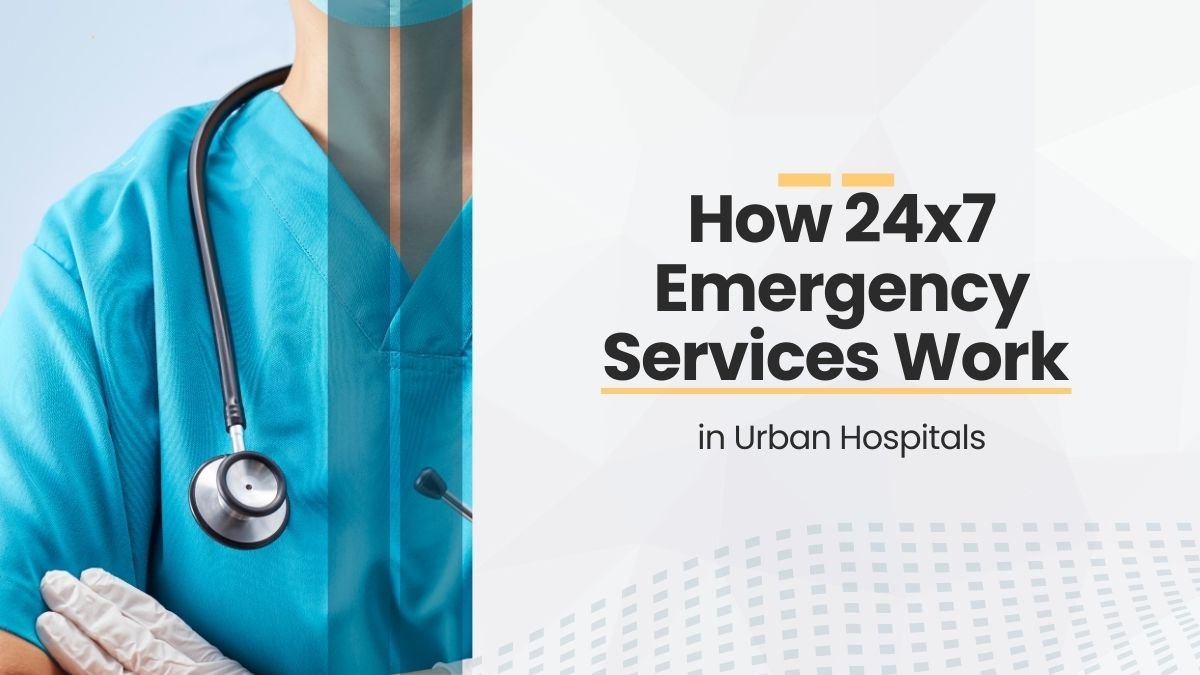AR and VR – The new face of technology in the medical world
If you had asked a doctor a few years ago if surgery could be practiced without touching a real patient, he would have laughed it off. But today it is absolutely possible due to Augmented Reality (AR) and Virtual Reality (VR).
AR (Augmented Reality) means adding digital information and visuals to the real world. For example, if you are operating on a patient, then by wearing AR glasses you can see 3D images of the organs inside his body in front of you.
VR (Virtual Reality) takes you completely into a virtual, i.e. computer-generated world. In this, you can practice surgery by standing in an operation room without a real patient.
Both these technologies are no longer limited to just gaming or entertainment, but they have a major contribution in medical training and surgery.
Use of AR and VR in Medical Training
1. Simulation-Based Learning
Earlier, medical students had to rely either on books or cadavers (dead bodies) for practice. But now with the help of AR and VR, they can practice any medical procedure in a very real way.
Example: A student can learn every step of heart bypass surgery by wearing a VR headset, that too without any risk.
With this kind of training, students can practice again and again until they become completely confident.
2. Anatomy Visualization
There is a big difference between seeing body parts in books and seeing them in 3D.
With the help of AR tools, students can see bones, nerves, muscles and organs in 3D, with their real size and location.
This not only makes understanding easier, but also provides better preparation for complex operations.
3. Remote Learning
Earlier, to join a senior doctor’s class or workshop, you had to travel to their city or country. Now with the help of VR, you can join from anywhere.
Example: A student from Delhi can connect with an expert neurosurgeon from New York through VR and watch his operation process live and ask questions.
Use of AR and VR in surgery
1. Pre-operative Planning
Before the operation, surgeons can see a virtual model of the patient’s body using AR.
In this, a 3D model is created from the data of MRI, CT scan and X-ray, which tells the surgeon which parts to pay more attention to during the operation.
It is very helpful in complex operations like brain tumor removal or heart surgery.
2. Intraoperative Guidance
During the operation, the AR device can show real-time data in front of the surgeon’s eyes.
Such as blood flow, location of tissue or exact size of the tumor.
This saves the surgeon from having to stop to look at the scan again and again, and the operation is done quickly and accurately.
3. Skill Development
VR training modules allow surgeons to practice a procedure again and again.
This helps new surgeons learn from mistakes and experienced surgeons master new techniques.
Advantages of AR and VR
1. More interest and understanding in learning (Enhanced Engagement)
What is learned from an interactive experience is remembered more than what is learned by reading a book or listening to a lecture.
3D visuals and live simulations stay in the mind for a long time.
2. Reduced Errors
When the doctor and surgeon are fully prepared in advance, there are fewer mistakes during the operation.
This increases the chances of saving the patient’s life.
3. Cost-Effectiveness
Traditional training requires cadavers, expensive equipment and a lot of resources for repeated practice.
VR simulation reduces the cost of all these, because many people can take training in the same virtual setup.
Challenges and points to note
1. Difficulty in technology adoption
Many institutions do not have the budget to buy or run expensive AR/VR equipment.
2. Lack of standardization
So far every institution has its own method, there is no uniform guideline so that the level of training is the same everywhere.
3. Technical skills and infrastructure
Doctors and students need time and training to learn the correct use of these technologies.
Future direction – Golden future of technology in medical education
Research and case studies show that AR and VR are bringing major improvements in medical education and surgery.
In the future, medical colleges will have their own virtual training labs.
AR guidance will become a common thing in surgery, just like lights and monitors are common in operation theatres today.
If the right investment and training is made, this technology will not only enhance the capabilities of doctors but will also take patient safety and quality of treatment to new heights.









